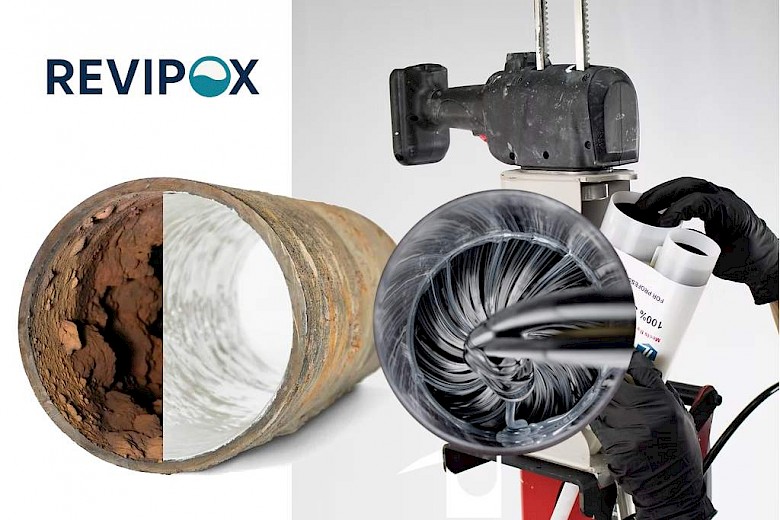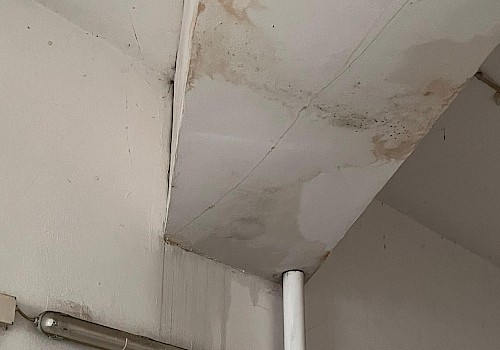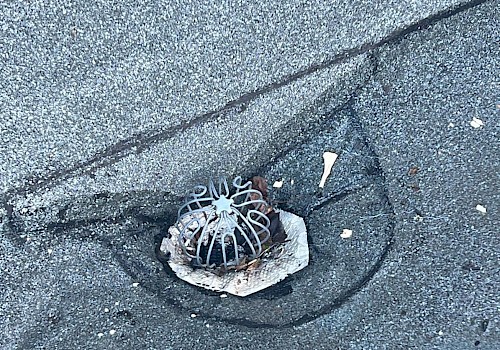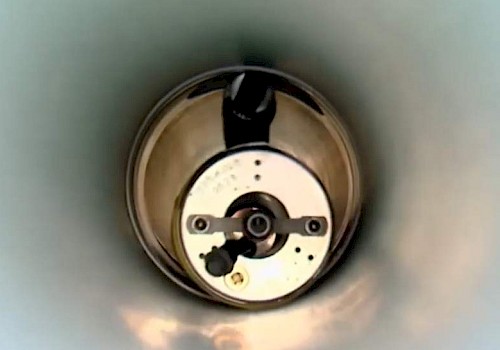
How to Detect Signs of Pipeline Deterioration Before Leaks Appear
The signs your pipelines reveal (but you can’t see)
Pipelines are one of the most critical — yet invisible — systems in any building.
Over time, the internal deterioration of pipes can lead to leaks, corrosion, and structural infiltration, often progressing silently until significant damage or costly water loss occurs.
At REVIPOX, we believe the first step to avoiding failures is timely diagnosis.
Thanks to high-definition video inspection and epoxy rehabilitation technology, it’s now possible to detect and repair internal problems without breaking walls or digging floors.
Warning signs of degraded pipelines
Even without direct access to the interior of the pipes, your building often gives subtle warning signs.
Here are some of the most common symptoms:
-
Damp spots or stains on walls or ceilings, especially near vertical risers.
-
Irregular water pressure or noises coming from the pipes.
-
Discolored or rusty water, sometimes with small particles.
-
Persistent odors from the drainage system.
-
Recurring leaks in different sections of the plumbing network.
Ignoring these signals can lead to internal ruptures, infiltration, and major structural damage, increasing repair costs dramatically.
Professional diagnosis with CCTV video inspection
A CCTV video inspection is the most precise way to assess the real condition of your pipelines.
High-resolution cameras capture detailed footage of the internal walls, allowing technicians to:
-
Detect corrosion, cracks, and deformations.
-
Identify deposits, blockages, or internal buildup that reduce flow.
-
Measure diameter and alignment of the pipes.
-
Document the system’s condition before and after rehabilitation.
At REVIPOX, our technicians produce full video and technical reports that help property owners plan preventive interventions — saving time, money, and structural integrity.
When prevention is the best investment
Unlike traditional pipe replacement, epoxy rehabilitation requires no demolition and restores full watertightness and structural strength to the pipeline.
Early inspection and repair can prevent:
-
Costly reconstruction after leaks.
-
Interruption of water supply.
-
Damage to walls, floors, and building structure.
-
Decrease in property value.
With REVIPOX technology, problems are solved before they become visible, ensuring long-term performance and peace of mind.
REVIPOX — The new life of pipelines begins with diagnosis
REVIPOX combines specialized technical teams, HD inspection equipment, and certified epoxy resins to deliver non-invasive pipeline rehabilitation with total watertight guarantees.
From inspection to complete restoration, we’re your trusted partner to extend the lifespan of your plumbing systems.
REVIPOX — Rehabilitate from within. Protect for decades.




